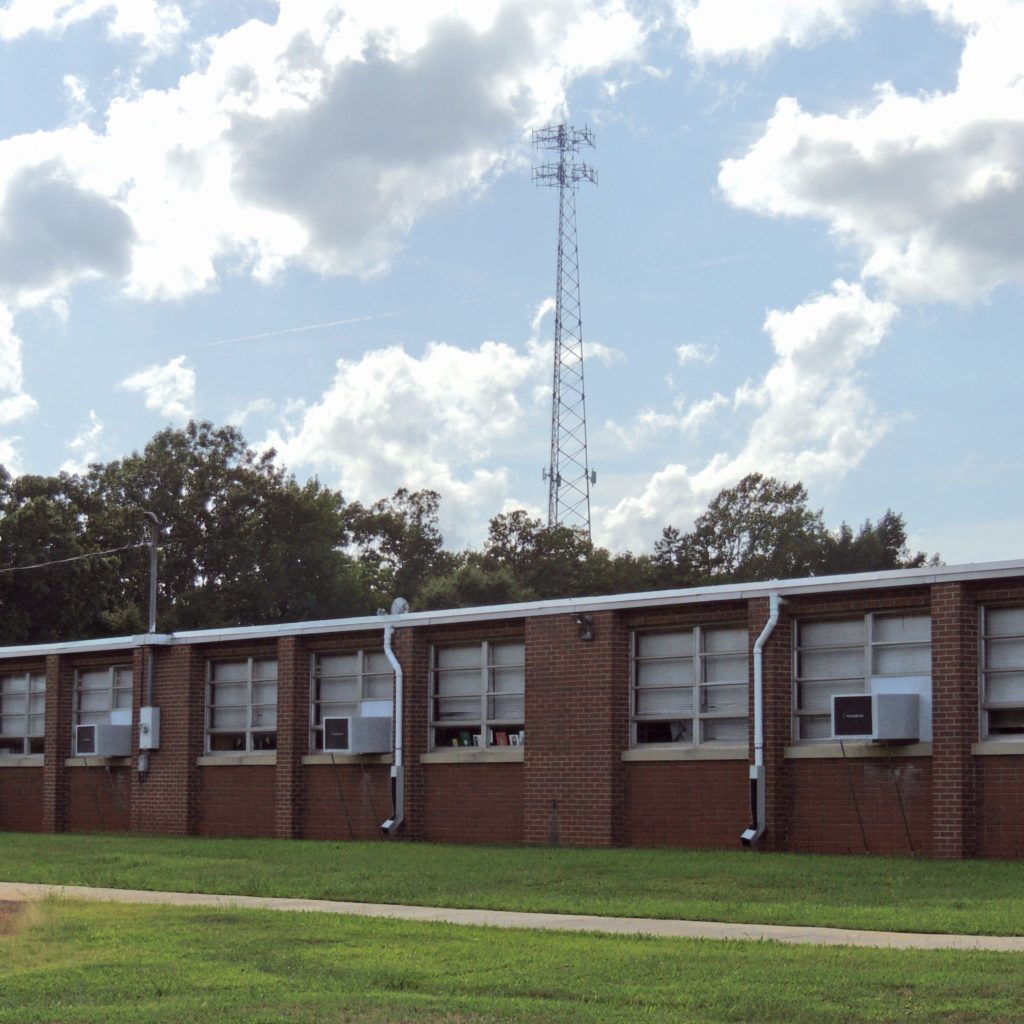Reports: Microsoft plans to launch a network that utilizes TV white spaces
Microsoft has plans to help close the urban-rural divide in broadband access by supporting the use of television white spaces to provide wireless internet service — and broaden the market for tech services in doing so. Brad Smith, president of Microsoft, told an audience at a luncheon in Washington, D.C. that the tech giant plans to launch 12 such networks in 12 states in the next 12 months.
“We’re not a telecommunications company, and we don’t want to be one. We’re not a broadcaster, and we don’t want to be one, either,” said Smith. “But we are a technology company … focused on creating bigger markets.”
Smith said that Microsoft sees a market expansion opportunity in helping bring broadband services to the approximately 34 million Americans who currently don’t have access to high-speed internet — more than 23 million of whom live in rural areas.
Broadband, Smith said, “is not just about watching YouTube videos on tablets, as engaging as that might be. It’s about education. It’s about healthcare. It’s about agriculture and growing small businesses. It is a vital part of modern-day life.”
Microsoft, he added, wants to be a “catalyst” for the market and will seek telecom partners to operate the networks with revenue-sharing agreements that will allow Microsoft to invest in expanding the reach of the services. “It is not our goal to make a profit from these project,” Smith said, adding that “if we can bring 23 million more people into the broadband connectivity era in the U.S., every tech company in the U.S. will benefit because we’ll all have the opportunity to serve those customers with more services.”
Smith showed off a number of devices that utilize the white spaces, including an $800 access point from Adaptrum that is being used in a Microsoft-supported network in rural Virginia and that Smith said could cost as little as $200 by next year. Another device by 6Harmonics can bond multiple TV white space channels in order to provide speeds up to 40 Mbps, he said.
Microsoft has been supporting a number of white space projects around the world, and Smith said that there are about 20 active projects that are providing internet access to around 185,000 people globally.
Subscribe now to get the daily newsletter from RCR Wireless News
The effort, Smith said, would be part of the “ambitious but achievable goal” of closing the rural-urban broadband gap in five years. He said that about 80% of rural broadband access could be achieved via white space technology, with the other 20% of coverage split between satellite service for very sparsely populated areas and fixed wireless and limited fiber deployments for areas with more people. Microsoft estimates that national coverage could be achieved this way for a cost between $8-12 billion, compared to tens of billions for traditional fiber or cellular services.
The company has been exploring the TV white spaces as an avenue for connectivity for some time, including various aspects of research and nearly 40 patents in various related technologies, according to Smith. He said that as part of its white space support, Microsoft would license its related intellectual property for free “to all comers, all companies who want to put this to work.”
In May, Microsoft announced its support for the expansion of a pilot white-space-based Wi-Fi network in rural southern Virginia, to provide free access to educational content by giving students access to their schools’ online networks, so that they can complete homework and access learning tools. That “homework
network” was being constructed by wireless internet service provider B2X Online using white space equipment from Adaptrum that consisted of base stations on towers or near schools equipped with fiber connections, and radios installed in students’ homes; the technology has a reach of home up to four miles away from the base station, according to a spokesperson .The initial white space Wi-Fi network network was successfully tested in 100 homes in Charlotte County, Va., with that number to expand to 1,000 homes with 3,000 students in Charlotte County and neighboring Halifax County by the end of the year.
Smith said that one of the key enablers for leveraging white space technology is regulatory certainty — including ensuring that there are at least three usable white space channels in every top market in order to encourage large equipment and device original equipment manufacturers to participate in the ecosystem.
One of the topics that the Federal Communications Commission will cover at its July open meeting will be rules governing wireless microphones that Microsoft says “would block wireless broadband operations in whitespaces channels,” according to an ex parte filing by the company earlier this month.
However, in its own comment to the FCC, the National Association of Broadcasters called Microsoft out on its cheerleading for white space technology and accommodating regulations. “This is not the first time Microsoft has made promises regarding white spaces technology,” the NAB commented. “In 2007, Microsoft claimed that access to white spaces would ‘stimulate American industry innovation and benefit consumers in ways yet unimaginable.’ Few issues before the Commission, however, have exhibited a greater disparity between promises made and promises kept than white spaces. … Microsoft has been making promises about white spaces technology for well over a decade. Yet there remain few tangible consumer benefits associated with white spaces deployments across the U.S. At what point do we finally conclude that the white spaces project is a bust?”
